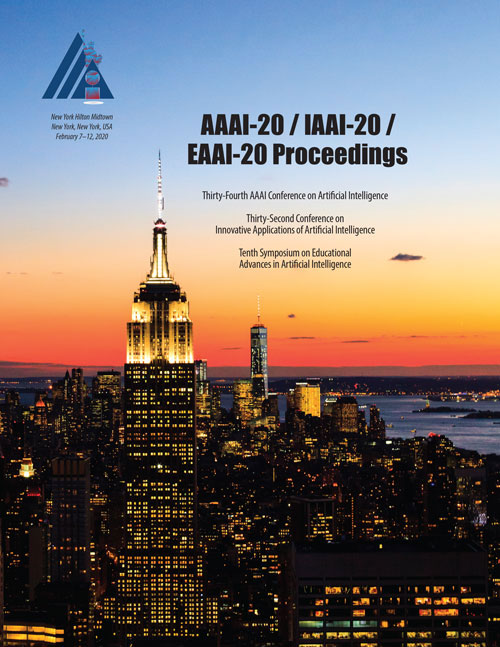Published:
2020-06-02
Proceedings:
Proceedings of the AAAI Conference on Artificial Intelligence, 34
Volume
Issue:
Vol. 34 No. 07: AAAI-20 Technical Tracks 7
Track:
AAAI Technical Track: Vision
Downloads:
Abstract:
a using an embedding vector of an instance from modality b. Such an adaptation is designed to filter and enhance important information across internal features, allowing for guided vector representations – which resembles the working of attention modules, though far more computationally efficient. Experimental results on two large-scale Image-Text alignment datasets show that ADAPT models outperform all the baseline approaches by large margins. Particularly, for Image Retrieval, ADAPT, with a single model, outperforms the state-of-the-art approach by a relative improvement of R@1 ≈ 24% and for Image Annotation, R@1 ≈ 8% on Flickr30k dataset. On MS COCO it provides an improvement of R@1 ≈ 12% for Image Retrieval, and ≈ 7% R@1 for Image Annotation. Code is available at https://github.com/jwehrmann/retrieval.pytorch.
DOI:
10.1609/aaai.v34i07.6915

AAAI
Vol. 34 No. 07: AAAI-20 Technical Tracks 7
ISSN 2374-3468 (Online) ISSN 2159-5399 (Print) ISBN 978-1-57735-835-0 (10 issue set)
Published by AAAI Press, Palo Alto, California USA Copyright © 2020, Association for the Advancement of Artificial Intelligence All Rights Reserved
